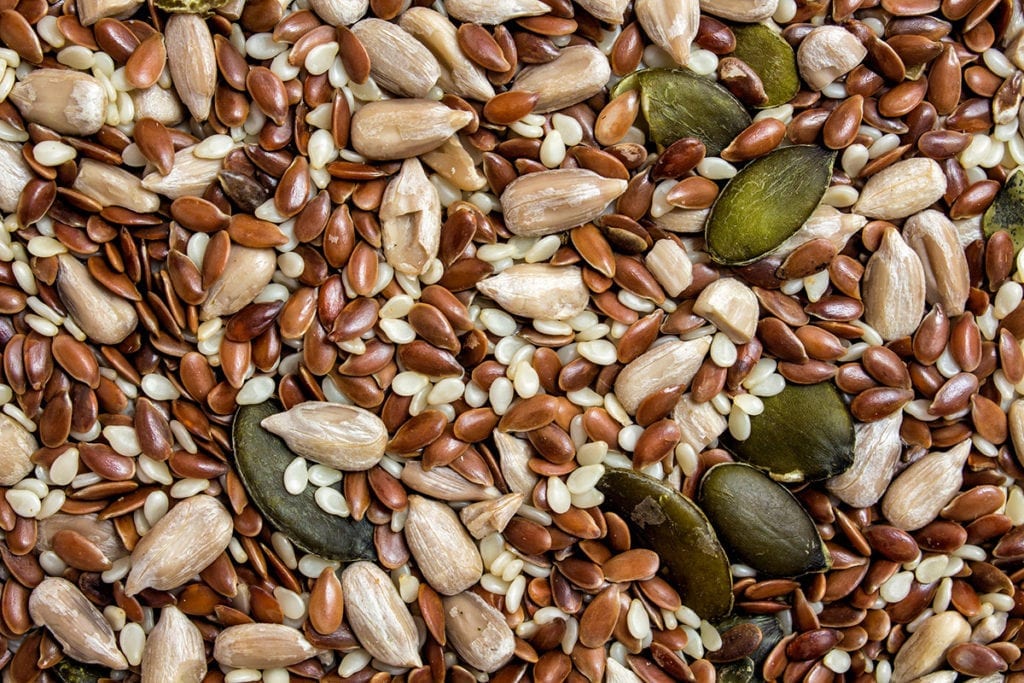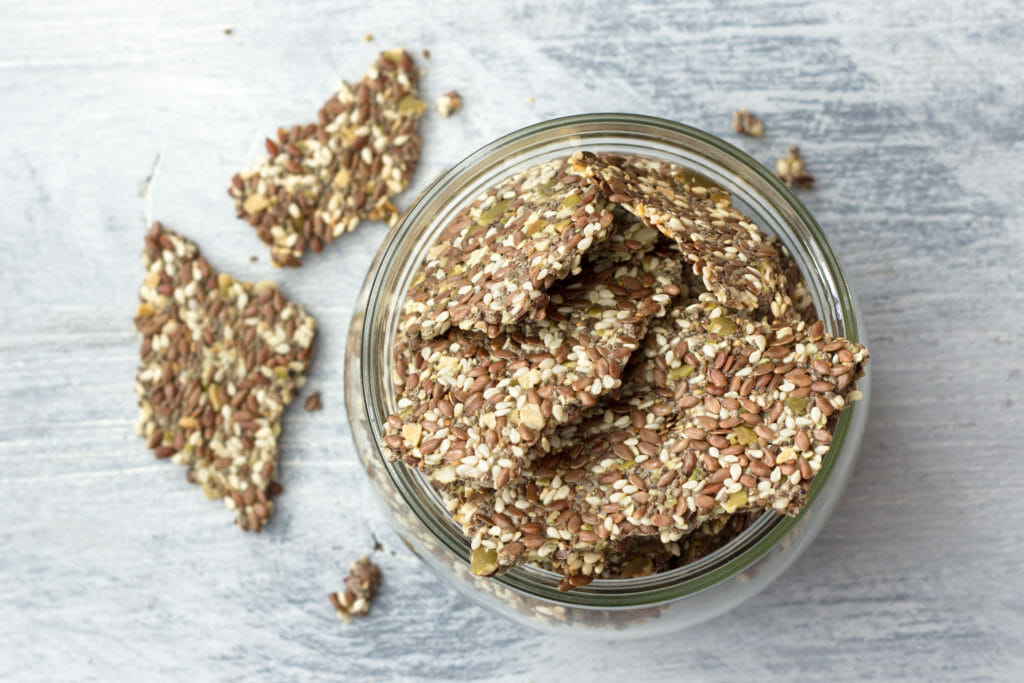How To Do Seed Cycling During Pre-, Peri- & Post-Menopause & Why You’ll Want To
Seed cycling or seed rotation – have you heard of them? Indeed, seed cycling and its sister, seed rotation, are having a big moment in wellness circles lately. Why? Because they’re a simple, all-natural, hormone free, non-medicalised (and we’re all about that! 😀) hormone balancing tool. Although the science is limited there are some small […]
How To Do Seed Cycling During Pre-, Peri- & Post-Menopause & Why You’ll Want To Read More »








